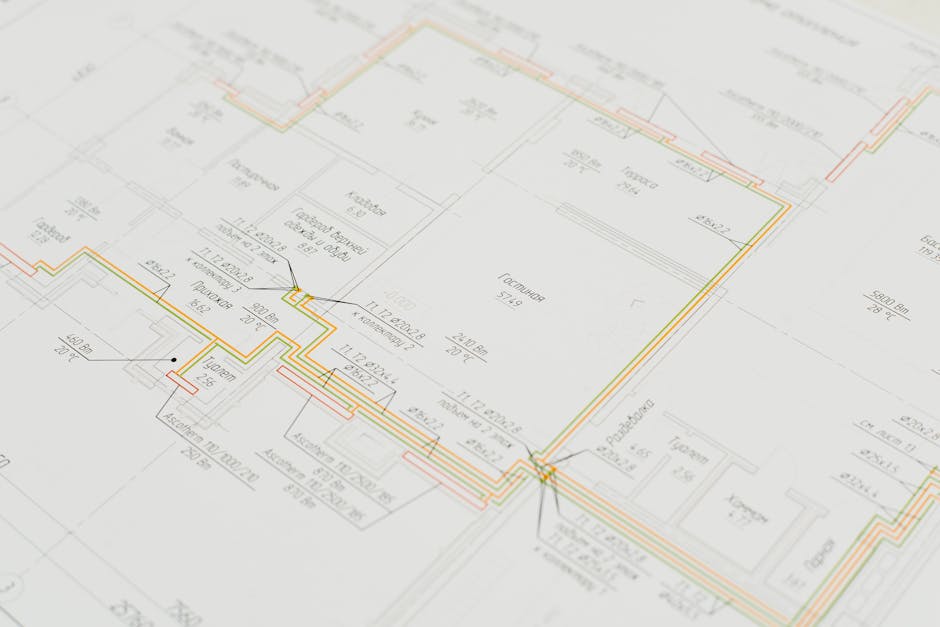Unlocking Workplace Potential: The Power of Data Analytics
“Explore the transformative impact of workplace analytics on modern organizations. Learn how data-driven insights can optimize space management, boost productivity, and create better workplace experiences in the era of hybrid work. ”

Unlocking Workplace Potential: The Power of Data Analytics
In today's rapidly evolving work landscape, organizations are increasingly turning to workplace analytics to gain valuable insights and make informed decisions. As the lines between remote and in-office work continue to blur, understanding how employees interact with their work environment has become more critical than ever. Let's dive into the world of workplace analytics and explore how it's reshaping the modern workplace.

What is Workplace Analytics?
Workplace analytics refers to the process of collecting, analyzing, and interpreting data related to various aspects of an organization's work environment and employee behavior. This data-driven approach provides leaders with actionable insights to optimize workplace strategies, improve productivity, and enhance employee experiences.
Key Areas of Focus
Workplace analytics typically covers several crucial areas:
- Employee productivity and performance: Tracking individual and team output to identify patterns and areas for improvement.
- Workforce effectiveness: Analyzing how well teams collaborate and communicate across different work settings.
- Real estate utilization: Monitoring how office spaces are used to make informed decisions about space management.
- Office activity: Observing patterns in office attendance and usage of various facilities.
- Resource allocation: Identifying where resources are needed most to support employee success.
By leveraging these insights, organizations can make data-driven decisions that lead to more efficient operations and improved employee satisfaction.
The Benefits of Workplace Analytics
Implementing workplace analytics can yield numerous advantages for organizations of all sizes. Here are some key benefits:
1. Data-Driven Decision Making
With access to comprehensive workplace data, leaders can make informed decisions based on concrete evidence rather than gut feelings or assumptions. This approach leads to more effective strategies and better outcomes across the organization.
2. Optimized Space Management

Workplace analytics provides valuable insights into how office spaces are being utilized. This information allows facility managers to:
- Identify underutilized areas
- Optimize seating arrangements
- Plan for future space needs
By understanding space usage patterns, organizations can create more efficient and cost-effective office environments.
3. Enhanced Employee Experience
One of the most significant benefits of workplace analytics is its ability to improve the overall employee experience. By analyzing data on workplace preferences and behaviors, organizations can:
- Create more engaging office spaces
- Implement policies that support work-life balance
- Provide resources that enhance productivity and well-being
These improvements can lead to higher employee satisfaction, better retention rates, and increased productivity.
Types of Workplace Analytics
Workplace analytics can be broadly categorized into two main types:
Predictive Analytics
Predictive analytics uses historical data to forecast future trends and outcomes. In the context of workplace management, this might include:
- Projecting future office space needs based on growth patterns
- Anticipating peak office usage times
- Predicting employee turnover rates
By leveraging predictive analytics, organizations can proactively address potential challenges and opportunities.
Prescriptive Analytics
Prescriptive analytics goes a step further by not only predicting outcomes but also recommending specific actions. This type of analysis can help organizations:
- Develop targeted retention strategies for high-performing employees
- Optimize meeting schedules to reduce conflicts and improve productivity
- Suggest personalized workplace improvements based on individual employee data
Both predictive and prescriptive analytics play crucial roles in shaping effective workplace strategies.
Implementing Workplace Analytics

To successfully implement workplace analytics, organizations should follow these key steps:
- Define clear objectives: Determine what specific insights you hope to gain from workplace analytics.
- Choose the right tools: Select analytics platforms that integrate well with your existing systems and provide the data you need.
- Ensure data privacy: Implement robust security measures to protect employee data and maintain trust.
- Train your team: Provide training to ensure that decision-makers can effectively interpret and act on the data.
- Regularly review and adjust: Continuously monitor the effectiveness of your analytics program and make adjustments as needed.
By following these steps, organizations can harness the full potential of workplace analytics to drive positive change.
The Future of Workplace Analytics
As technology continues to evolve, so too will the capabilities of workplace analytics. We can expect to see:
- More sophisticated AI and machine learning algorithms for deeper insights
- Increased integration with Internet of Things (IoT) devices for real-time data collection
- Greater emphasis on employee well-being metrics
- Advanced visualization tools for easier data interpretation
These advancements will further empower organizations to create more efficient, productive, and employee-centric workplaces.
Conclusion
Workplace analytics has emerged as a powerful tool for organizations navigating the complexities of modern work environments. By leveraging data-driven insights, companies can optimize their spaces, improve employee experiences, and make more informed decisions about their workplace strategies.
As we continue to adapt to new ways of working, the role of workplace analytics will only grow in importance. Organizations that embrace this technology and use it effectively will be well-positioned to thrive in the ever-changing landscape of work.
To learn more about creating an optimal work environment, check out our guide on sustainable office design tips and explore how to set up and manage conference rooms effectively.
By harnessing the power of workplace analytics, you can unlock your organization's full potential and create a workplace that truly works for everyone.